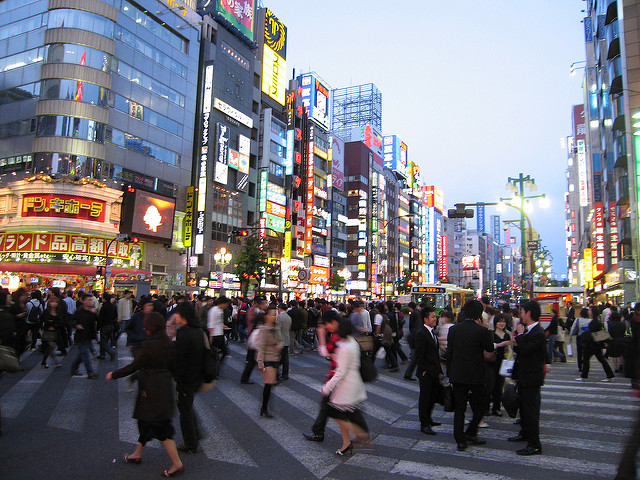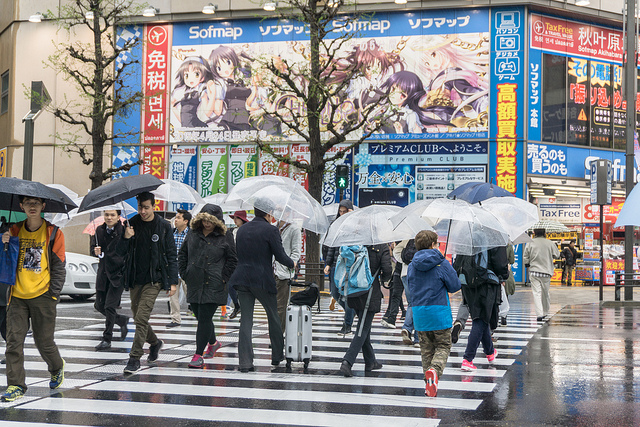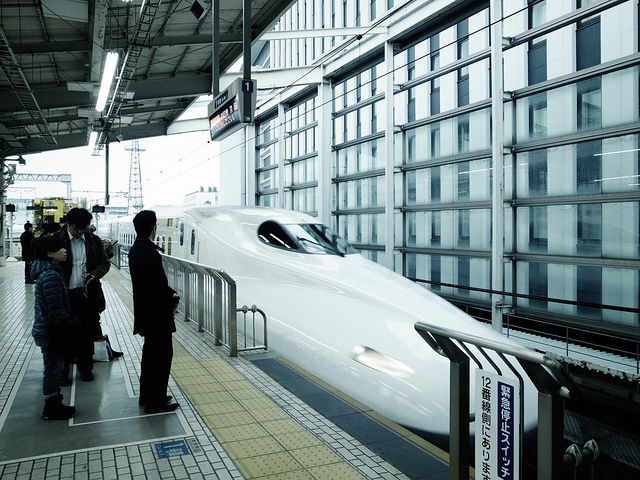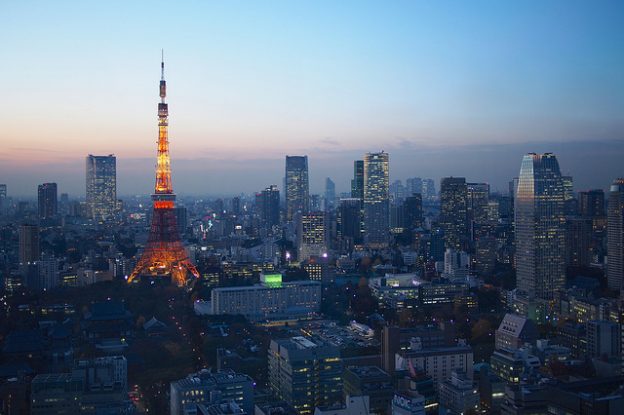As we say goodbye to the 2016 Summer Olympics and legendary athletes like Michael Phelps and Usain Bolt, it’s time to look to the future, specifically the next Olympic Games. Tokyo, Japan was chosen to host the 2020 Games (and accepted the torch from Rio in epic fashion), and city planning has already been underway for a few years. Before the start of the 32nd Olympiad, the city plans to build a new Olympic Stadium, called the Kasumigaoka National Stadium, on the site of the 1964 Olympic Stadium, which will be one of the most advanced stadiums in the world. Once it – and the rest of the Olympic updates – are complete, the city will surely be even more of a travel destination than it already is. With that in mind, here are some tips for visiting Tokyo within the next few years:

Photo Credit: “Tokyo” by Photo RNW.org © 2007 (CC BY-ND 2.0)
A Brief Overview
Tokyo, the capital of Japan, is the country’s most populous city, while the Greater Tokyo region is the most populous metropolitan area in the world with about 37.8 million people, according to World Atlas. A strong economy (the city is home to 52 Fortune Global 500 companies) and generally pleasant climate (with seasons similar to the US) make Tokyo a great place to live year-round for Japanese natives or expats alike. It’s also a favorite vacation spot, having been ranked first in the “best overall experience” category of TripAdvisor’s World City Survey in 2014, thanks in part to its “helpful locals,” “best public transport,” and “cleanest streets.” According to CNN, in 2015, 19.7 million tourists visited the country, so you’ll most likely be able to find a helping hand whenever you need one.
Safety Tips
When planning your travels, keep in mind that typhoon season typically lasts from May to October, so you may want to adjust your schedule accordingly. Also, because of its location near three tectonic plate borders and its position on the “Ring of Fire,” Japan can experience large earthquakes, such as the 2011 Tohoku earthquake, which measured at a magnitude of 9.0 and caused a massive tsunami. While there’s no way for the average resident or traveler to predict occurrences such as this, it is always a good idea to establish some safety nets in the case of a disaster.
Know Before You Go
If you’re visiting Tokyo from the U.S., there will be some notable differences (both behaviorally and culturally) to which you should pay attention. For example, you will need to carry cash and coins (in yen), since credit cards are not as widely accepted as in the U.S. Also, it is a lot less common to walk around while eating or drinking (which helps keep the city clean), so make time to fit regular sit-down meals into your schedule. For more helpful tips on proper etiquette (such as gratuities, do’s/don’ts of talking on your cell phone, and how to get free wi-fi) click here and here.

Photo Credit: “Akihabara District” by IQRemix © 2015 (CC BY-SA 2.0)
What To Pack
Socks – and lots of them! Bare feet are considered rude in Japan, so make sure to bring socks with you wherever you go (even if you’re wearing sandals, you should have a pair of socks to put on when you’re inevitably asked to remove your shoes). Also, because it tends to rain a fair amount, it might be a good idea to bring a raincoat or a poncho for those wet days. If you forget, you can always pick up a widely available and ingenious clear umbrella. Otherwise, the temperatures and weather are similar to that of the Mid-Atlantic states here in the U.S., so your clothing of choice really depends on the time of year that you visit.

Photo Credit: “Shinkansen” by Toshiyuki IMAI © 2012 (CC BY-SA 2.0)
Getting To and Around the City
There are a couple different options for getting to Tokyo; it is served by two airports – Narita Airport (mostly international flights) and Haneda Airport (mostly domestic) – as well as by several Shinkansen (high-speed train) lines. Once you make it to the island, you’re in luck. As mentioned previously, Tokyo has one of the best public transportation systems among major metropolises, made up of a dense network of train, subway and bus lines. You can get a prepaid/rechargeable Suica or Pasmo cards, which allows you access to all trains and buses without having to mess around with spare change for fare each time.
Things to See, Eat, and Do
While in Tokyo, you should try to make it to every prefecture, each with its own distinct characteristics and landmarks. Head to the Asakusa neighborhood to see Senso-ji, the highly recognizable Buddhist temple. In the Ueno neighborhood, make sure to check out the oldest zoo in Japan, the Tokyo National Museum, and the cherry blossoms in the spring. Missing the hustle and bustle of U.S. cities like New York? Then get thee to Shibuya, which is home to the world’s busiest crosswalk. Take a short train ride to check out the Tokyo Tower, the city’s 2nd tallest structure, which was modeled after Paris’ Eiffel Tower (and actually comes in a few meters taller than it). If you’re in an adventurous mood, you can hike up the 600 steps to the observation desk…or you can just take the elevator. Feeling hungry after all that exploring? You can’t, of course, leave Tokyo without trying the sushi. For the best places to get the freshest fish and more of Japan’s must-have delectable delicacies, head on over to this post on i am a food blog.
Have you ever been to Tokyo? What are your best travel tips? Please share in the comments!
Featured Image Photo Credit: “Blue Hour over Tokyo” by Balint Földesi © 2013 (CC BY 2.0)














